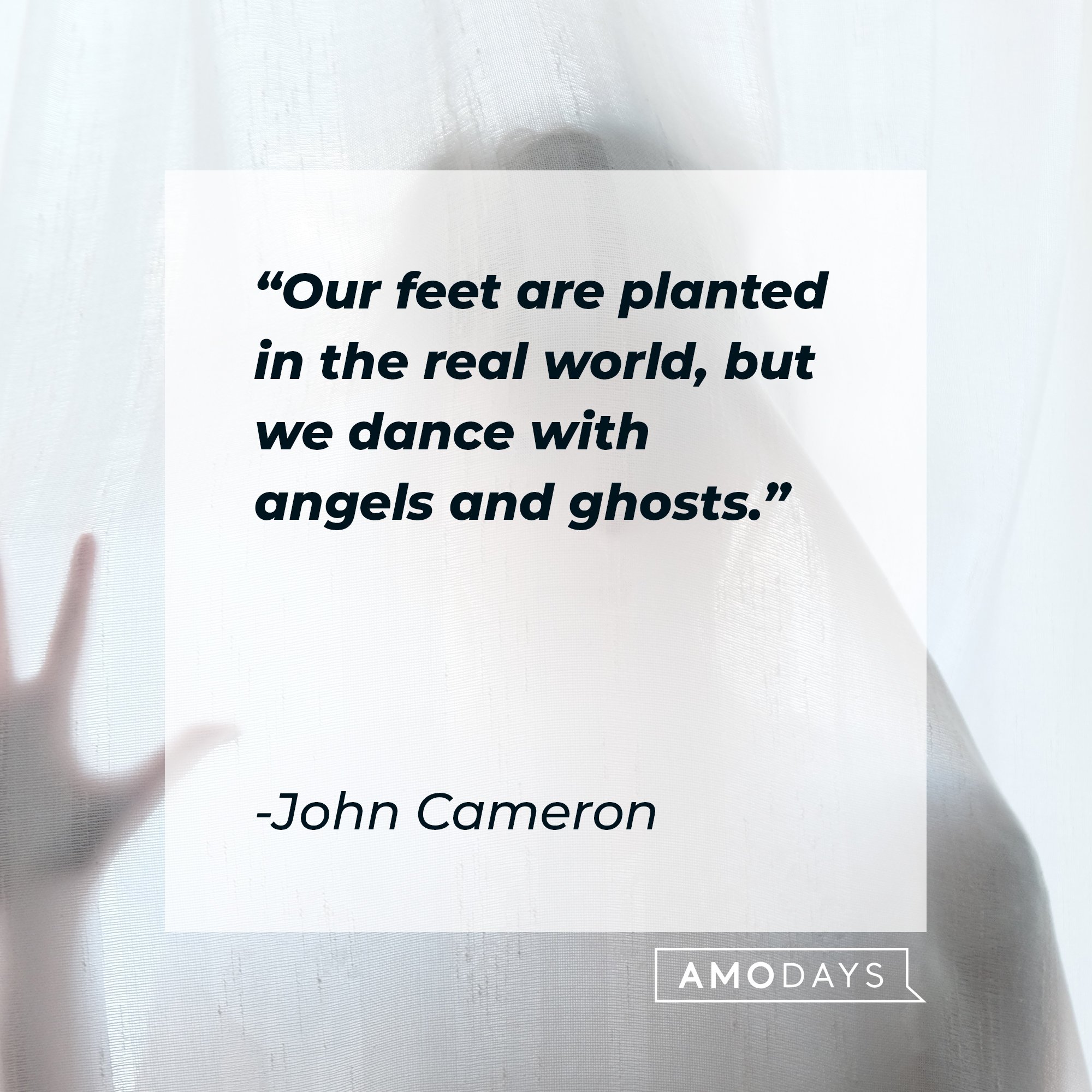I have always fancied, however erroneously, that PRAT was often due to very slightly erratic timing which is why tube amps sometimes can be masters of PRAT perhaps because something in some tubes is faintly "off" timing wise. This in turn might create a sense of naturalness or "live" performance even if the tunes have been very precisely guided in the studio.
Sometimes PRAT can be that ineffable thing called "swing." SRV nearly always had it in his playing.
The Stones often made Pratty records perhaps because of their catch-as-catch-can recording practices.


